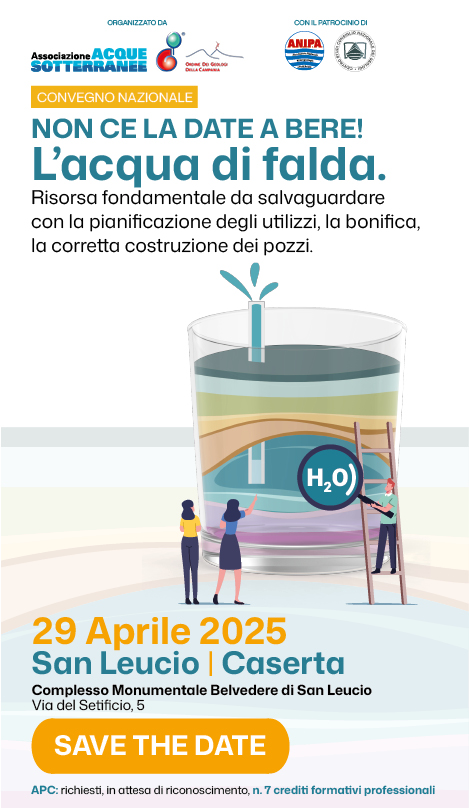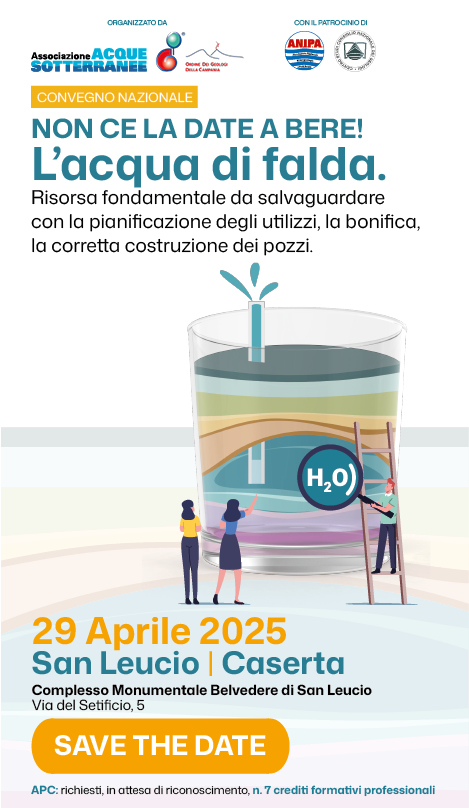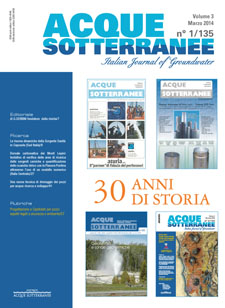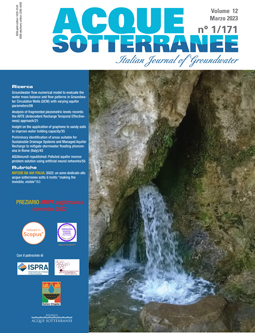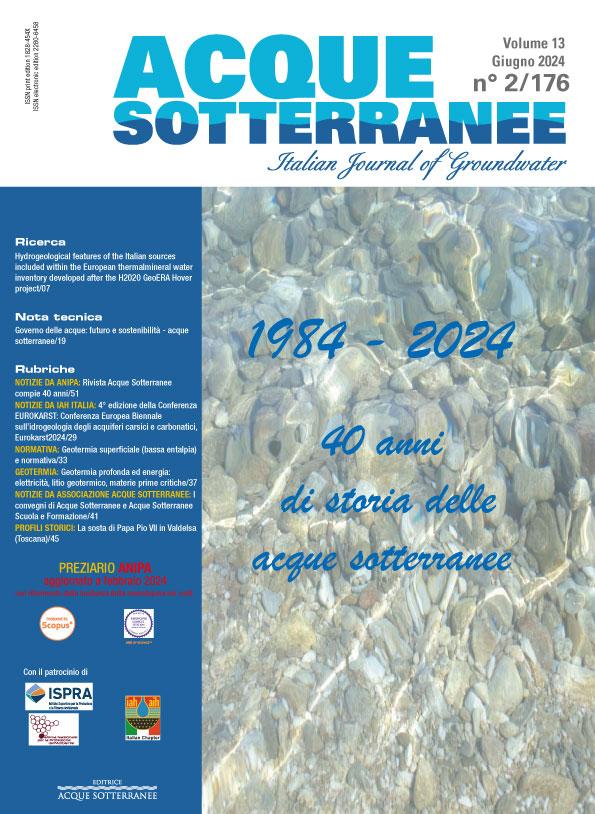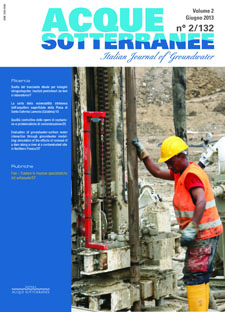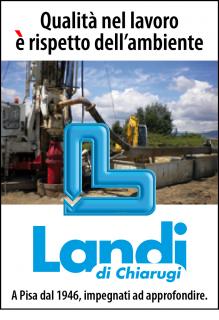Impacts of a Railway Tunnel on the streams baseflow verified by Means of numerical modelling
The high velocity railway line between Bologna and Florence (Italy) mostly develops underground through the Tuscan-Emilian Apennine and the tunnels severely impacted groundwater and surface waters. The 15-km-long Firenzuola tunnel crosses siliciclastic turbidites: during the drilling, water inrushes occurred at fault and fracture zones, and the tunnel still continues to drain the aquifer. The water table dropped below the level of the valleys, and gaining streams transformed into losing streams or ran completely dry, as did many springs. Hydrological observations and two multi-tracer tests have previously characterized the streams-tunnel connections and the impact processes. In the framework of planning mitigation strategies to minimize impacts on streams baseflow, three-dimensional numerical modelling with MODFLOW (EPM approach) is applied in order to evaluate artificial minimum flow needed to maintain a flow continuity along the stream during the recession phase. The setting up of the two presented models is based on hydrogeological monitoring data and results of flow measurements and tracer tests. Maximum flow rates subtracted to streams baseflow by the tunnel along the connection structures are calculated for the two streams with major impacts.

